Disclosure: This article contains affiliate links. We may earn a commission from purchases at no extra cost to you, which helps our travel content.
As I stood in the shadow of Matsumoto Castle's imposing black walls, a gentle autumn breeze carried the scent of roasting chestnuts from a nearby vendor. The crowds that typically flood Japan's popular destinations were noticeably absent here, replaced by a handful of local schoolchildren sketching the castle's reflection in the moat. This wasn't my first visit to my father's homeland, but it was perhaps the most meaningful—a week in Matsumoto offered the perfect balance of cultural immersion, natural beauty, and the quiet contemplation that solo travel affords.
Finding Serenity at Matsumoto Castle
Matsumoto Castle (松本城), one of Japan's few remaining original castles, stands as a testament to feudal architecture with its distinctive black exterior earning it the nickname 'Crow Castle.' Unlike the reconstructed concrete fortresses found elsewhere in Japan, this National Treasure dates back to the 16th century, with wooden interiors that creak with authentic history.
Arriving early on my second morning—equipped with my trusty travel tripod—I captured the castle in morning light before tour buses arrived. The interior reveals surprisingly steep wooden stairs (a defensive feature) and impressive views of the Northern Alps from the top floor.
What struck me most was how the castle grounds became a community space as the day progressed. Elderly men played shogi under maple trees, their concentration mirroring my own as I sketched in my journal. This wasn't just a tourist attraction but a living part of Matsumoto's identity—something I've noticed is increasingly rare in Japan's more frequented destinations.
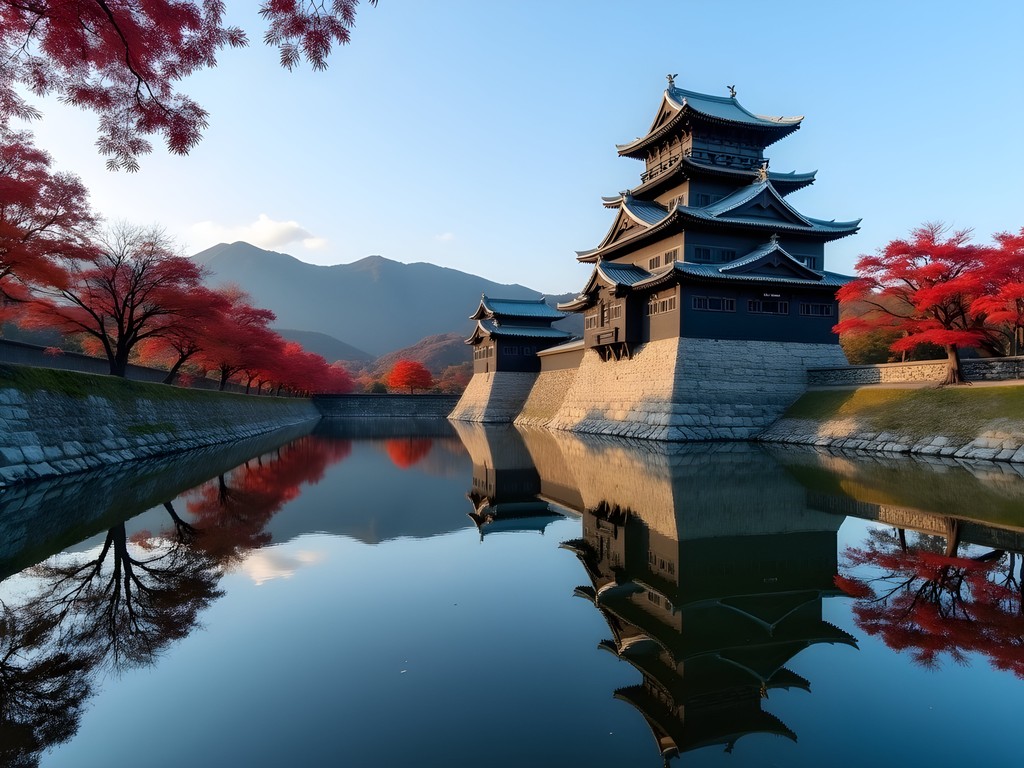
💡 Pro Tips
- Visit within the first hour of opening (8:30 AM) to enjoy the castle grounds with minimal crowds
- Wear comfortable slip-on shoes as you'll remove them frequently when entering the castle and other historic buildings
- The castle is illuminated beautifully at night—worth returning for evening photography
The Art of Slow Travel in Nakamachi Street
Nakamachi Street, with its preserved kura (storehouse) buildings featuring distinctive white latticed walls, became my daily ritual. This historic merchant district exemplifies what Germans call Entschleunigung—the art of slowing down—something I've learned to value deeply in my travels.
I spent hours in FUKUROsha, a converted kura now housing a café and gallery where the owner, Tanaka-san, shared stories of the building's 150-year history while preparing perfect pour-over coffee. When he learned of my Japanese heritage, he insisted on showing me family photographs from the Meiji era stored in the building's original vault.
For those collecting meaningful souvenirs rather than trinkets, Nakamachi offers artisanal shops where tradition and craftsmanship prevail. I found myself drawn to Miyasaka Brewery's tasting room, where sixth-generation sake brewers explained the nuances of their craft. The travel journal I carried became filled with tasting notes and sketches of the traditional sugidama (cedar balls) hanging outside the brewery, signaling fresh sake within.
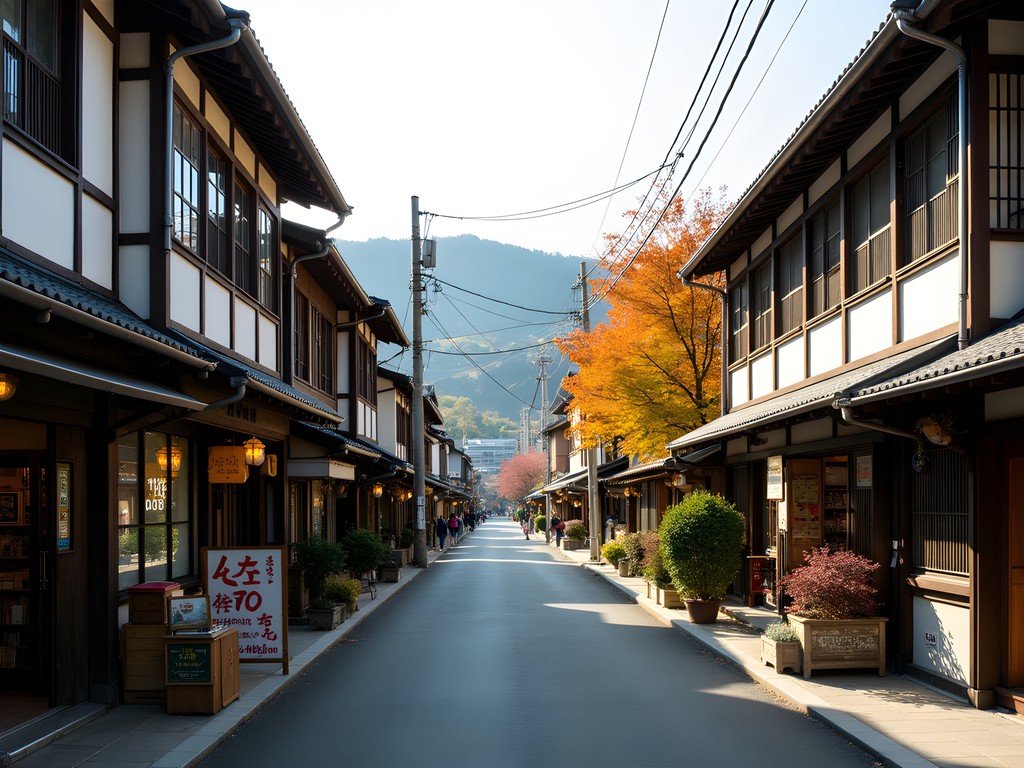
💡 Pro Tips
- Most shops close by 5 PM, but the street is beautifully lit in the evening for atmospheric walks
- Many shop owners speak limited English but are incredibly welcoming if you attempt basic Japanese phrases
- The Kurassic-kan museum offers free tours of a restored kura building—an excellent introduction to traditional architecture
Alpine Serenity: Day Trips to Kamikōchi
While Matsumoto itself offers plenty to explore, its proximity to the Japanese Alps provides opportunities for nature immersion. Kamikōchi, a protected highland valley about 90 minutes from Matsumoto by bus, became my sanctuary for two days of this journey.
The valley, situated at 1,500 meters elevation, offers gentle hiking trails alongside the crystal-clear Azusa River. As an educator who spends days surrounded by the energetic chaos of young children, I found profound restoration in this landscape. The Japanese concept of shinrin-yoku (forest bathing) came alive as I walked beneath larch trees turning golden in the autumn light.
I stayed overnight at the modest but comfortable Kamikōchi Nishi-itoya Mountain Lodge, allowing me to experience the valley after day-trippers departed. This decision proved invaluable—watching the alpenglow illuminate the peaks of Hotaka and Yakedake from the wooden deck of the lodge, completely alone except for curious macaque monkeys, was worth the additional expense.
My hiking daypack proved perfect for carrying essentials while keeping my hands free for photography and occasional note-taking. The trails here are well-maintained and suitable for intermediate hikers, though proper footwear is essential as some sections can be slippery after rain.

💡 Pro Tips
- Private vehicles aren't permitted in Kamikōchi—use the direct buses from Matsumoto Bus Terminal
- Book accommodation well in advance if staying overnight, especially during autumn foliage season
- Pack layers as mountain temperatures can change rapidly, even in autumn
Culinary Discoveries: Beyond the Guidebooks
Matsumoto's culinary scene balances traditional flavors with surprising innovation—something I might have missed had I not ventured beyond typical tourist recommendations. My background in early childhood education has taught me that the most meaningful learning happens through curiosity and conversation, an approach that served me equally well in discovering Matsumoto's food culture.
Soba noodles reign supreme here, with the region's pure mountain water and climate creating ideal conditions for buckwheat cultivation. At Takagi, a third-generation soba shop, I watched masters hand-cut noodles with rhythmic precision before enjoying them with nothing more than a simple tsuyu dipping sauce that allowed their nutty flavor to shine.
One evening, following a recommendation from my ryokan host, I found myself at Hikariya Nishi, an izakaya housed in a 130-year-old former kimono shop. The chef, noticing my interest in the preparation techniques, invited me to sit at the counter where we conversed in my limited Japanese supplemented by his occasional English. What followed was a procession of small plates highlighting local ingredients: horse sashimi (a regional specialty), tempura mountain vegetables, and sake-steamed river fish.
I captured these culinary experiences with my mirrorless camera, whose discreet size and excellent low-light performance proved ideal for documenting meals without disturbing the intimate atmosphere of these establishments.
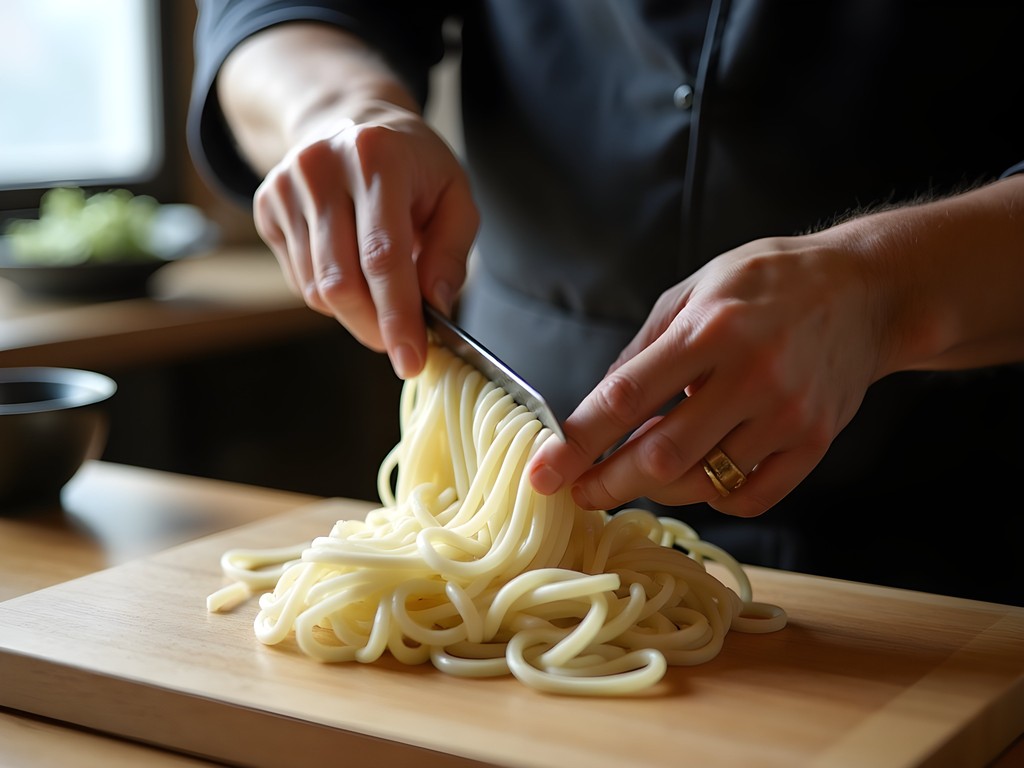
💡 Pro Tips
- Most restaurants close earlier than in Tokyo—plan for dinner around 6-7 PM
- Look for restaurants displaying the 'Shinshu Food' logo, indicating they use local ingredients from Nagano Prefecture
- Many smaller establishments don't accept credit cards—carry sufficient cash
Finding Connection in a Traditional Ryokan
For accommodations, I chose a modest ryokan (traditional inn) rather than a modern hotel—a decision that transformed my experience of Matsumoto. Ryokan Seifuso, located in a quiet residential area about 15 minutes' walk from the castle, has been operated by the same family for four generations.
My room featured tatami floors, sliding fusuma doors, and a small alcove with seasonal ikebana arrangements that changed daily. Each morning began with a traditional Japanese breakfast served in my room—grilled fish, tamago, miso soup, and small seasonal side dishes arranged with the thoughtful precision that characterizes Japanese cuisine.
What distinguished this stay was the genuine connection formed with the okami-san (proprietress), Yamada-san. Upon learning of my Japanese heritage and interest in education, she introduced me to her daughter who teaches at a local elementary school. This led to an impromptu invitation to visit the school, where I observed striking differences and similarities between Japanese and American early childhood education approaches—an unexpected professional development opportunity within my vacation.
While ryokan stays typically cost more than business hotels, the cultural immersion they provide is invaluable. I recommend bringing a small travel slippers for comfort, as you'll remove shoes upon entering and house slippers aren't always available in larger sizes for Western guests.
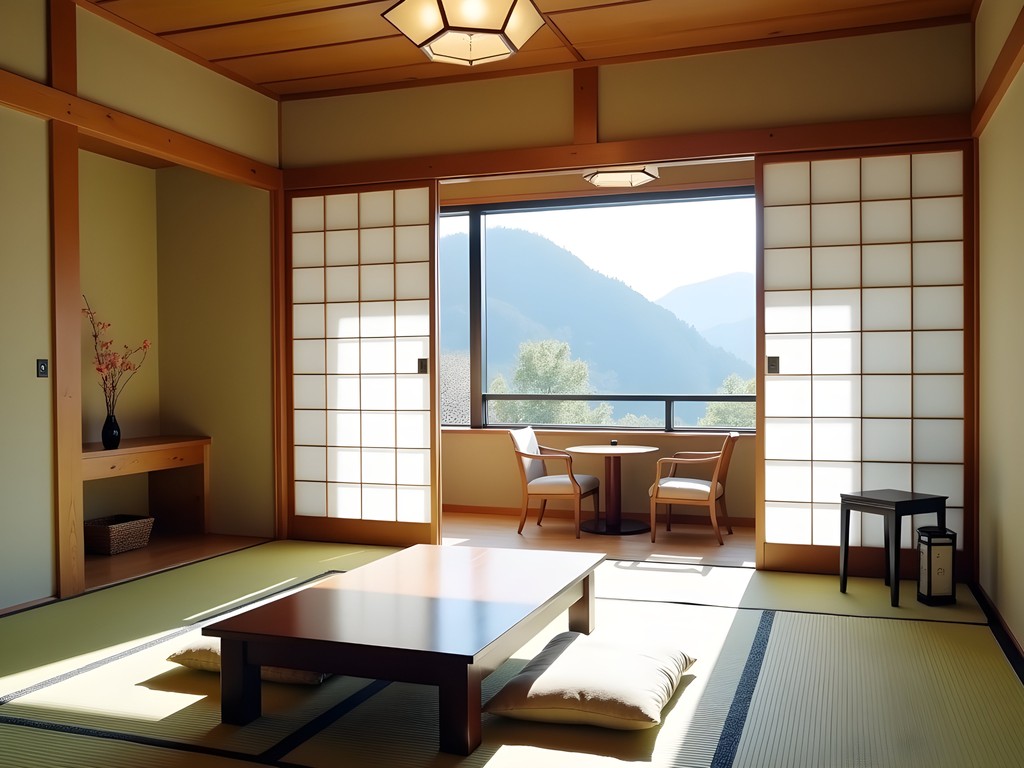
💡 Pro Tips
- Communicate your dinner time and dietary restrictions in advance if booking meals with your stay
- Bathing at specific times is customary in ryokans with shared facilities—ask about schedules upon check-in
- Small gifts for your hosts are appreciated—I brought specialty chocolates from California
Final Thoughts
As my train pulled away from Matsumoto Station, I found myself already planning a return visit—perhaps in spring when the castle is framed by cherry blossoms, or winter when the mountains wear their snow mantles. What makes Matsumoto exceptional isn't just its physical beauty or historical significance, but the pace it affords the thoughtful traveler. In our increasingly connected world, finding spaces that encourage disconnection becomes ever more valuable.
For the solo traveler seeking to understand Japan beyond its metropolitan centers, Matsumoto offers an accessible entry point to a more contemplative experience. The city balances preservation with progress, maintaining cultural authenticity while providing sufficient infrastructure for international visitors.
As an educator and perpetual student of cultural heritage, I've found that the most meaningful travel experiences often happen in these intermediate spaces—neither completely off the beaten path nor overwhelmed by tourism. Matsumoto occupies this sweet spot perfectly, inviting visitors to slow down, look closer, and perhaps, as I did, find unexpected connections to both personal heritage and universal human experience.
✨ Key Takeaways
- Matsumoto offers an authentic Japanese experience with significantly fewer crowds than popular destinations like Kyoto or Tokyo
- Staying in a traditional ryokan creates opportunities for meaningful cultural exchange beyond typical tourist experiences
- The city serves as an excellent base for exploring the Japanese Alps, particularly Kamikōchi
- Autumn provides ideal conditions with comfortable temperatures, minimal rainfall, and spectacular foliage
📋 Practical Information
Best Time to Visit
Mid-October to early November for autumn colors; April for cherry blossoms
Budget Estimate
$100-150 per day including mid-range accommodation, meals, and activities
Recommended Duration
5-7 days including day trips
Difficulty Level
Moderate (Some Walking Required, Basic Japanese Helpful But Not Essential)
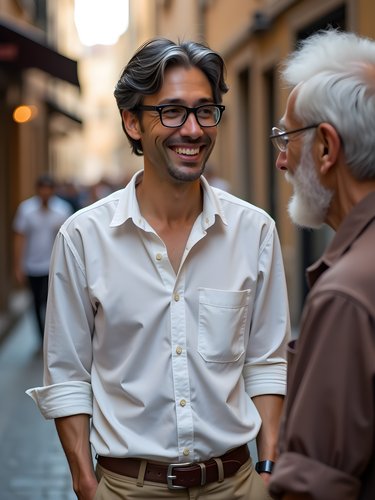
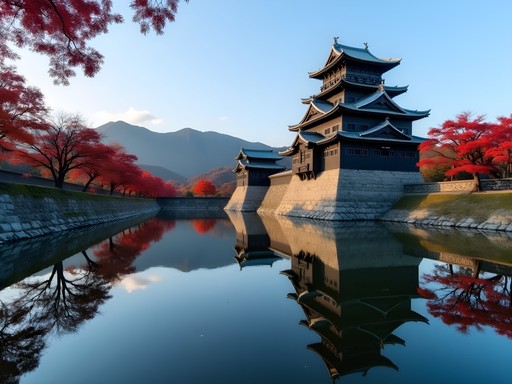
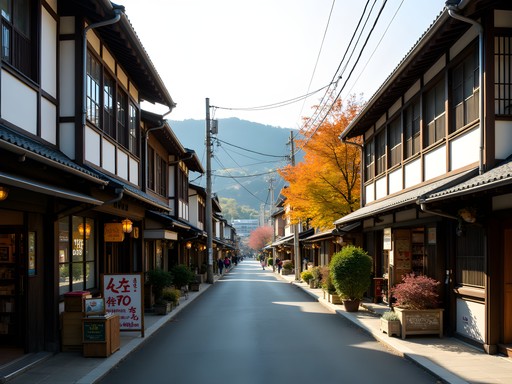













Comments
bluelegend
Just got back from Japan last month and spent two days in Matsumoto! Wish I'd seen this post before going - I completely missed that soba place you mentioned. The castle was definitely the highlight though. We lucked out and caught a traditional archery demonstration on the grounds. One tip for anyone going: don't miss the Matsumoto City Museum of Art if you're into contemporary stuff. They have an amazing Yayoi Kusama collection (she's from Matsumoto) including some of her famous pumpkins!
vacationgal
Ooh thanks for the art museum tip! Adding that to my list right now. How many days would you recommend staying in Matsumoto?
bluelegend
I'd say 2-3 days is perfect. One for the castle and city, one for Kamikōchi if it's open during your visit, and maybe an extra day to just wander and explore the local neighborhoods. The pace is so much more relaxed than Tokyo!
waveseeker
Beautiful photos! Would you recommend Matsumoto in winter? I'm planning a Japan trip in January and trying to decide between staying in the cities or venturing out to smaller towns like this.
Jonathan Takahashi
Winter in Matsumoto is stunning but cold! The castle in snow is incredible. Just pack layers and good boots. I used my hand warmers constantly when I visited in winter a few years back. The upside is way fewer tourists!
waveseeker
Thanks for the tip! Adding hand warmers to my packing list for sure.
Bryce Diaz
Jonathan, your post really took me back! I visited Matsumoto three years ago during winter and had a completely different but equally magical experience. The castle surrounded by snow was like something from a fairytale. I spent hours in that little coffee shop on Nakamachi Street (I think it was called Café Senri?) watching snowflakes drift down onto the traditional buildings. One thing I'd add for anyone heading to Kamikōchi - the bus schedule can be tricky in off-season. I nearly got stranded because I didn't check the last return time. Worth mentioning that the valley is completely closed from November to April too. Did you try the basashi (horse sashimi) while you were there? It's a local specialty that took some courage for me to sample!
Jonathan Takahashi
Thanks for the Kamikōchi bus tip, Bryce! You're absolutely right - I should have mentioned that. And yes, I did try basashi at a small izakaya near the station. Definitely outside my comfort zone but when in Matsumoto...
waveseeker
Wait, horse sashimi?? That's a thing? Not sure I'd be brave enough for that one!
Bryce Diaz
It definitely requires some mental preparation, waveseeker! But that's part of the adventure of travel, right? Stepping outside your comfort zone.
vacationgal
Omg this is exactly what I needed! Been looking for places to escape Tokyo's crowds on my trip next year. Matsumoto is officially on my list now!
Jonathan Takahashi
So glad to hear that! You won't regret it - the pace there is so refreshing after Tokyo.
nihon_explorer
That shot of Matsumoto Castle reflecting in the water is absolutely stunning! What time of day did you take it?
Frank Garcia
Great post on Matsumoto! I backpacked through Japan last year and spent 3 days here - completely agree it's underrated. For anyone planning a visit, I'd add the Matsumoto City Museum of Art to your list - they have an amazing Yayoi Kusama collection (she's from Matsumoto). For budget travelers, I found the Matsumoto Backpackers hostel incredibly welcoming and they organize local sake tastings on Fridays. The hiking in Kamikōchi is world-class but definitely check the seasonal bus schedule as service is limited. I documented everything with my mirrorless camera which handled those mountain landscapes beautifully. Jonathan - did you try the famous basashi (horse sashimi) while there? It's a local specialty I couldn't bring myself to sample!
Jonathan Takahashi
Thanks for the additional tips, Frank! I did visit the art museum but missed the Friday sake tastings - sounds like I need to go back! And no, I skipped the basashi too, but did try some amazing soba since Nagano Prefecture is famous for it.
springlife
Horse sashimi?! That's definitely not going on my food list, but the sake tasting sounds perfect!
sakura_traveler
Going to Japan in November! Is Kamikōchi still accessible that late in autumn?
Jonathan Takahashi
Unfortunately Kamikōchi closes from mid-November to late April due to snow. If you're there in early November you might catch the last days, but check the official website for exact closure dates. The valley is stunning with autumn colors though if you make it!
sakura_traveler
Thanks for the info! Might need to adjust my plans then.
springlife
Those castle photos are stunning! The black exterior against the mountains is so dramatic. Thanks for sharing this hidden gem!
luckyclimber
This looks amazing! I'm planning my first solo trip to Japan next spring. How difficult was it to get from Tokyo to Matsumoto? Did you speak any Japanese or was English enough to get by?
Jonathan Takahashi
It's super easy! Direct trains from Shinjuku Station take about 2.5 hours. Most signs in Matsumoto have English, and while basic Japanese phrases help, you can definitely manage with English. The tourist information center at the station has English-speaking staff too.
luckyclimber
That's really helpful, thanks! Adding it to my itinerary for sure.
tripvibes
Your post is giving me serious Japan nostalgia! I visited Matsumoto last fall and it was such a refreshing break from the Tokyo madness. That castle is even more impressive in person - I spent hours just wandering around taking photos. Did you try those oyaki dumplings from the street vendors near Nakamachi? I'm still dreaming about them! Matsumoto definitely deserves more love from travelers.
Jonathan Takahashi
Thanks! And yes, the oyaki were amazing - I tried the nozawana (pickled vegetable) ones and couldn't get enough. Did you make it up to Kamikōchi during your visit?
tripvibes
Unfortunately not! It was already closed for winter when I visited. Definitely on my list for next time though!
Venture X
Premium card with 2X miles, $300 travel credit, Priority Pass